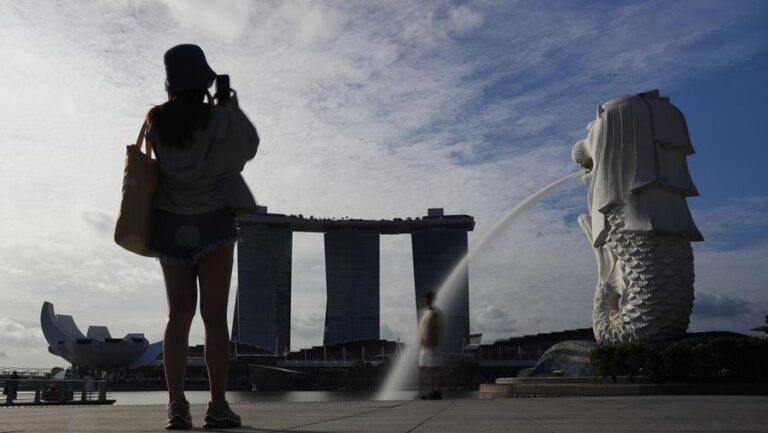HONG KONG – China’s economy is under increasing strain as deflationary forces take hold, raising alarms about weakening consumer demand, sluggish industrial activity, and a challenging global trade environment. The latest economic data paints a concerning picture of persistent price declines, with consumer and wholesale inflation both falling at a faster rate than anticipated.
Official figures released by the National Bureau of Statistics (NBS) on Sunday show that China’s Consumer Price Index (CPI) fell by 0.7% in February compared to a year earlier. This marked a reversal from January’s 0.5% increase and represented the sharpest year-on-year decline in over a year. The extent of the drop surprised analysts, who had predicted a milder contraction, signaling that deflationary pressures are more entrenched than previously thought.
The timing of the Lunar New Year holiday played a role in exacerbating February’s inflation drop. Unlike in 2023, when the holiday extended into February, this year’s celebrations were confined to January, creating a higher base of comparison. As a result, spending on travel, entertainment, and retail appeared weaker year-on-year, despite strong activity during the holiday itself. The NBS suggested that without this seasonal factor, inflation would have remained slightly positive at 0.1%.
More concerning, however, was the decline in core CPI, which strips out volatile food and energy prices. The 0.1% drop in February marked the first contraction in core prices in more than three years, indicating that underlying demand remains weak across a broad range of goods and services.
The industrial sector is also feeling the effects of prolonged deflation. The Producer Price Index (PPI), which tracks factory-gate prices, fell by 2.2% in February from a year earlier. This marks nearly two and a half years of consecutive declines, highlighting the persistent weakness in manufacturing and supply chains.
China’s broader economy remains fragile, weighed down by soft consumer spending, a turbulent property sector, and growing geopolitical tensions. With global demand cooling and China’s export sector facing increasing restrictions from the United States, policymakers face an uphill battle in trying to reinvigorate growth.
While Beijing has set a 5% growth target for 2025, the lack of bold fiscal stimulus measures at the National People’s Congress suggests that officials are treading cautiously. The government’s commitment to stabilizing employment and supporting the real estate market is clear, but whether these measures will be enough to counteract deflation remains uncertain.
With China’s economic trajectory at a crossroads, the coming months will be critical in determining whether the world’s second-largest economy can escape the grip of deflation and regain momentum.









